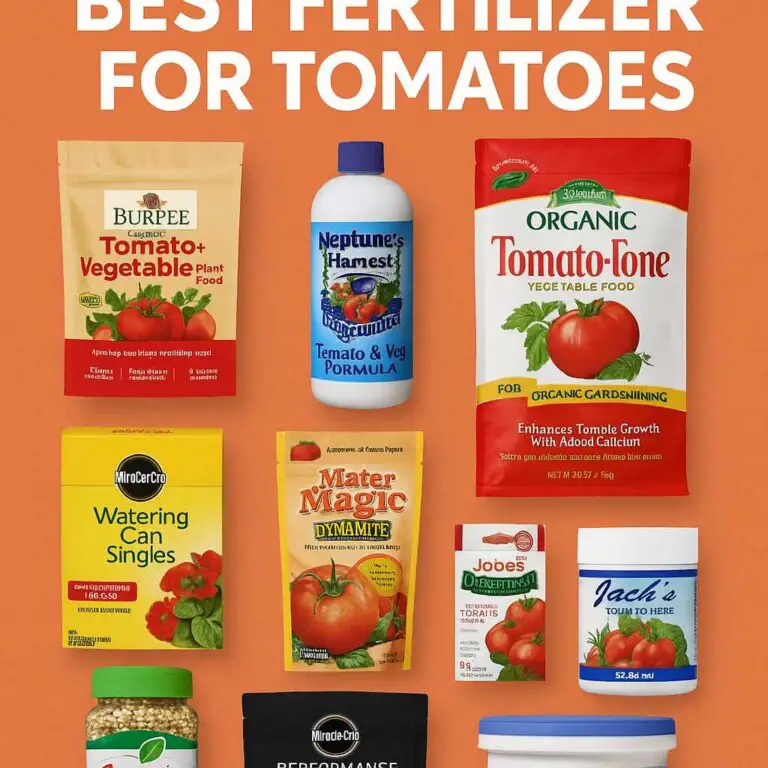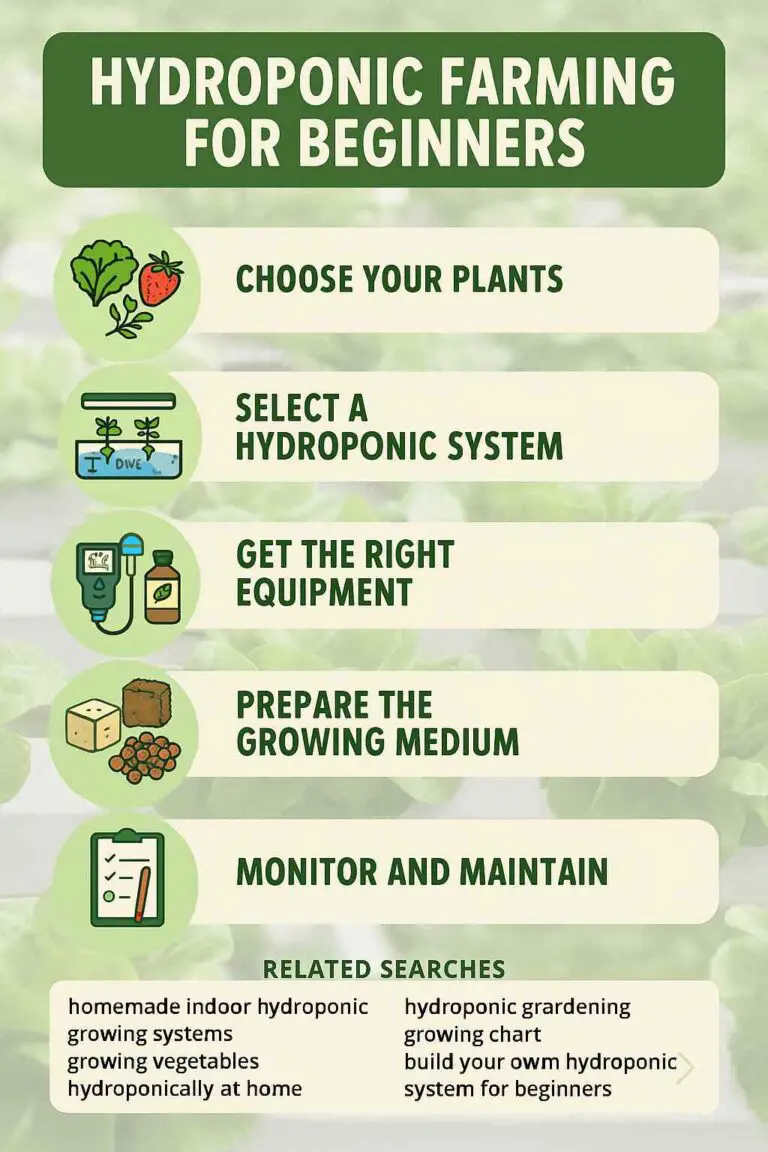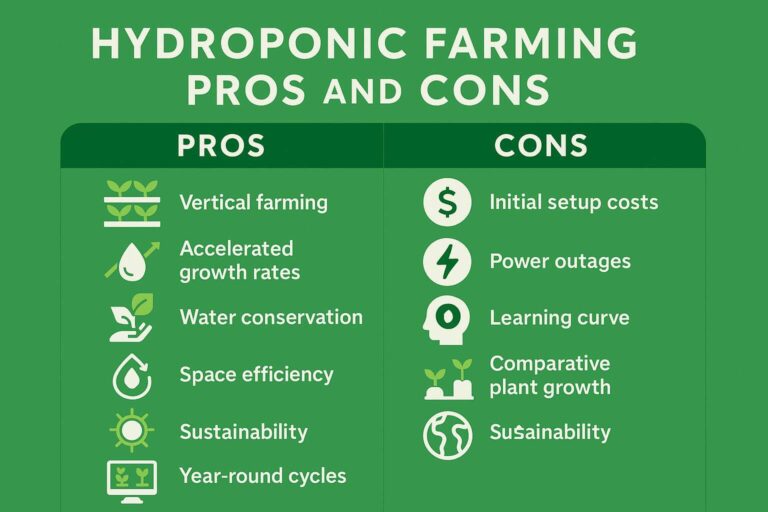Succulents have become immensely popular in recent years, thanks to their unique and eye-catching appearance, as well as their reputation for being easy to care for. These hardy plants are known for their ability to thrive in arid conditions, making them a favorite choice for indoor and outdoor gardening enthusiasts alike. However, as winter approaches, many succulent owners find themselves wondering if these resilient plants can survive the cold and harsh conditions that come with the season.
In this comprehensive article, we will explore the various factors that affect succulents’ ability to survive winter, as well as provide practical tips and strategies for ensuring their well-being during the colder months. Whether you are a seasoned succulent enthusiast or a newcomer to the world of succulent gardening, this guide will help you understand how to protect and care for your succulents when winter arrives.
Understanding Succulents
Before delving into the specifics of succulent winter care, it’s essential to have a basic understanding of what succulents are and how they function. Succulents are a diverse group of plants characterized by their ability to store water in their fleshy leaves, stems, or roots. This unique adaptation allows them to survive in arid environments with minimal access to water.
Succulents come in various shapes, sizes, and colors, making them a versatile and attractive addition to gardens, terrariums, and indoor spaces. Some of the most popular succulent varieties include Aloe, Echeveria, Sedum, and Crassula.
The Factors Affecting Succulent Survival in Winter
To determine whether succulents can survive winter, we need to consider several factors that influence their ability to endure cold temperatures and reduced sunlight. These factors include:
1. Species and Variety
Different succulent species and varieties have varying degrees of cold tolerance. Some succulents, like Sempervivum and Sedum, are more cold-hardy and can withstand freezing temperatures, while others, like many tropical succulents, are more sensitive to the cold.
2. Climate and Location
Your geographical location plays a significant role in determining whether succulents can survive winter. Succulents planted in regions with milder winter climates may have a better chance of making it through the season than those in areas with harsher winter conditions.
3. Container vs. Ground
Succulents planted in containers are more vulnerable to cold temperatures than those planted directly in the ground. The soil in containers can freeze more easily, potentially damaging the roots of your succulents.
4. Microclimate
The specific microclimate within your garden or indoor space can also impact succulent survival. Areas that receive more sunlight, have good air circulation, and are shielded from harsh winds will offer better conditions for succulents during the winter.
5. Winter Moisture
Succulents are susceptible to root rot if they are exposed to excessive moisture during the winter. Snow, rain, and frost can all contribute to overly damp soil conditions, which can be detrimental to these water-storing plants.
6. Protection and Care
How you care for your succulents during the winter months plays a crucial role in their survival. Proper protection, watering, and monitoring are essential to ensuring their well-being.
Now that we understand the key factors affecting succulent survival in winter let’s explore practical steps and strategies to help your succulents thrive during the colder months.
Preparing Your Succulents for Winter
Know Your Succulent Variety
Research the specific succulent varieties you have to understand their cold tolerance. This knowledge will help you determine how much protection they need during the winter.
Transition Your Succulents Indoors
If you live in an area with harsh winter conditions, consider bringing your outdoor succulents indoors before the cold weather sets in. Place them near a south-facing window to ensure they receive adequate sunlight.
Mulch and Insulate Outdoor Succulents
For succulents that remain outdoors during the winter, apply a layer of mulch around the base of the plants. This helps insulate the soil, preventing it from freezing too quickly.
Use Frost Cloths or Covers
When temperatures drop significantly, protect outdoor succulents with frost cloths or covers. These lightweight materials can be draped over the plants to shield them from frost and freezing winds.
Water Sparingly
Succulents require less water during the winter because their growth slows down. Water sparingly and ensure that the soil dries out between waterings to prevent root rot.
Monitor for Signs of Stress
Regularly inspect your succulents for signs of stress, such as drooping leaves or discoloration. If you notice any issues, take action promptly to address them.
Provide Adequate Light
Indoor succulents may not receive as much sunlight during the winter months. Consider using grow lights to supplement their light needs, keeping them healthy and vibrant.
Adjust Watering Schedule
Be mindful of the lower humidity levels indoors during the winter. Adjust your watering schedule accordingly, as indoor succulents may require less frequent watering.
Succulents that Thrive in Winter
While many succulents require special care during the winter, some varieties are naturally better suited to cold weather conditions. Here are a few cold-hardy succulents that can thrive even in chilly climates:
Sempervivum (Hens and Chicks)
These hardy succulents are well-known for their ability to withstand freezing temperatures. They form tight rosettes and often change color during the winter months, adding visual interest to your garden.
Sedum (Stonecrop)
Sedums are another cold-tolerant succulent group. Their low-growing, spreading habit makes them excellent ground cover plants. They often turn a lovely shade of red or purple in cold weather.
Opuntia (Prickly Pear Cactus)
Prickly pear cacti are exceptionally resilient to cold. They have distinctive paddle-shaped stems and can handle temperatures well below freezing.
Agave
Some agave species, such as Agave parryi and Agave utahensis, have impressive cold tolerance. They are known for their striking architectural shapes and can add a dramatic flair to your garden.
Yucca
Yucca plants are hardy and can withstand freezing temperatures. Their sword-like leaves and tall flower spikes make them a unique addition to any winter landscape.
Tips for Overwintering Succulents Indoors
If you decide to bring your outdoor succulents inside for the winter, follow these tips to ensure their successful transition and care:
Inspect for Pests
Before bringing succulents indoors, thoroughly inspect them for pests. Isolate any infested plants and treat them accordingly to prevent the spread of insects indoors.
Quarantine New Additions
If you acquire new succulents during the winter, keep them separate from your existing collection for a few weeks to monitor for potential pests or diseases.
Use Well-Draining Soil
Ensure your indoor succulents are planted in well-draining soil to prevent waterlogged roots.
Avoid Overwatering
As mentioned earlier, succulents require less water during the winter months. Water sparingly and allow the soil to dry out between waterings.
Provide Adequate Light
Place indoor succulents near a south-facing window or use grow lights to provide sufficient light. Succulents need at least 6 hours of indirect sunlight daily to thrive indoors.
Maintain Proper Temperature
Keep your indoor succulents in a room with a temperature range of 60-70°F (15-24°C). Avoid placing them near drafts or heating vents.
Rotate Your Plants
Rotate your indoor succulents every few weeks to ensure even light exposure and prevent leggy growth.
Common Winter Succulent Problems and Solutions
Even with the best care, succulents may encounter some common winter-related issues. Here are some problems you may encounter and how to address them:
Leggy Growth
Succulents that don’t receive enough light can become leggy, with stretched-out stems and sparse foliage. To combat this, provide more light and trim leggy growth to encourage bushier growth.
Rotting Roots
Overwatering or overly damp soil can lead to root rot. If you suspect root rot, remove the affected plant from its pot, trim away the rotted roots, and allow the plant to dry out before repotting in fresh, well-draining soil.
Fungal Issues
Cold, damp conditions can promote fungal growth. To prevent fungal infections, avoid overhead watering and ensure good air circulation around your succulents.
Pest Infestations
Indoor succulents are not immune to pests like mealybugs and spider mites. Inspect your plants regularly, and if you spot pests, treat them with insecticidal soap or neem oil.
Conclusion
Succulents can indeed survive winter, but their ability to do so depends on several factors, including their species, location, and the care you provide. By understanding the specific needs of your succulents and following the tips and strategies outlined in this article, you can help your beloved plants not only survive but thrive during the colder months.
Remember that succulent care is a year-round commitment, and the effort you put into their well-being during the winter will pay off with healthy, vibrant plants that continue to bring joy and beauty to your garden or indoor space. So, embrace the challenge of winter succulent care, and you’ll be rewarded with a stunning and resilient collection of succulents year after year.
Quick Succulent Winter Care Checklist
- Know your succulent variety and its cold tolerance.
- Transition outdoor succulents indoors if necessary.
- Mulch and insulate outdoor succulents.
- Use frost cloths or covers for protection.
- Water sparingly and monitor soil moisture.
- Provide adequate light, especially for indoor succulents.
- Adjust watering schedule for lower indoor humidity.
- Inspect for pests and address issues promptly.
- Be patient and attentive to your succulents’ needs.
For more in-depth information and resources, consider further reading and join local gardening communities to share your experiences and learn from others. Happy succulent gardening!




